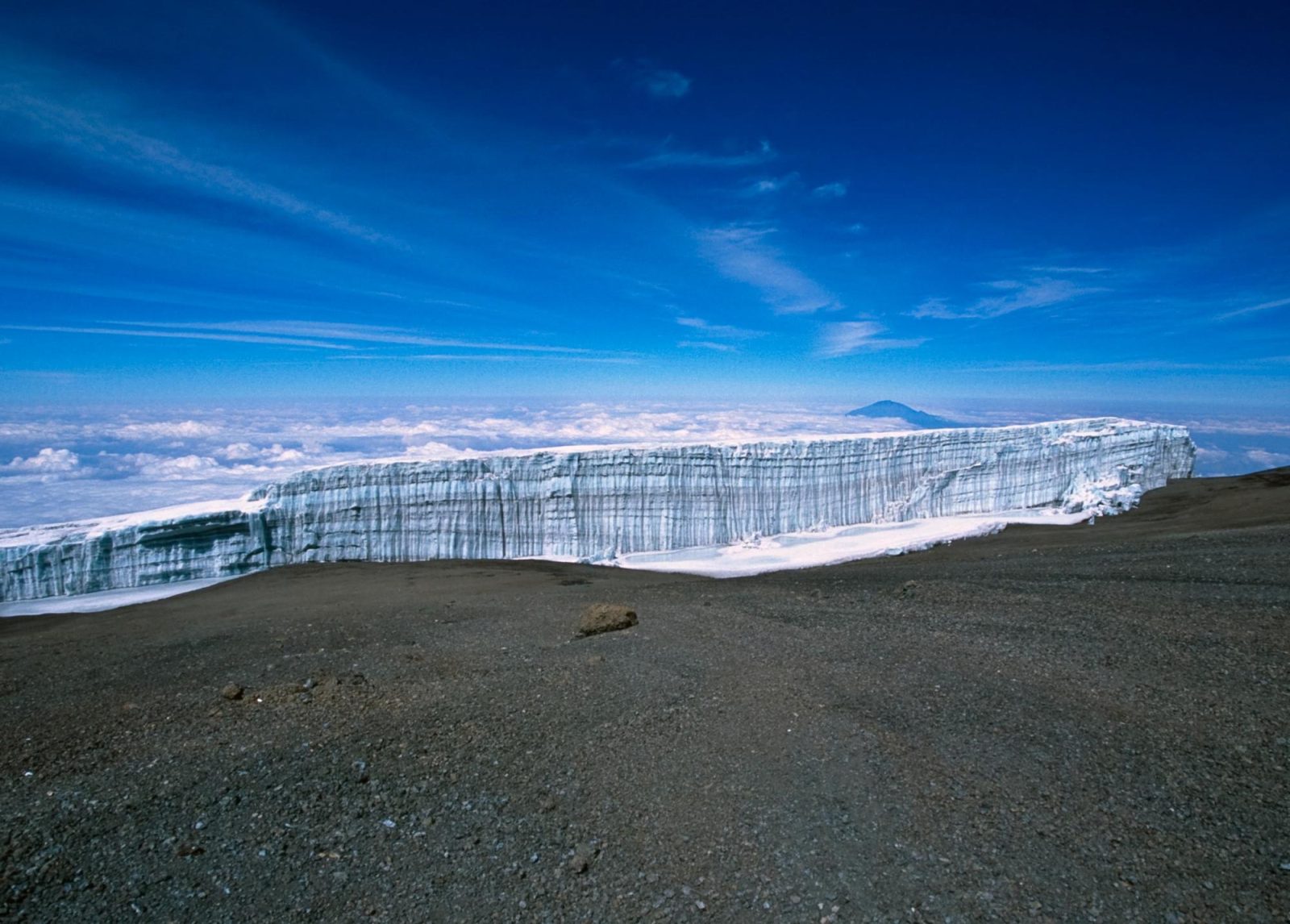
Training for Kilimanjaro
HOW FIT DO I HAVE TO BE FOR KILIMANJARO?
Essentially Kilimanjaro is a walk. It is not a forced march and because you are going to altitude, it is at a slow pace – in fact seasoned hill walkers can at times find the slow pace a bit of a struggle as their natural pace may be quicker. However, it is a walk to nearly 6km above sea level and you will walk for around 6 to 8 hours each day, depending on which route you choose on Kilimanjaro. Our team of guides will set a pace that is appropriate so that it fits well with the abilities of the group, the terrain and altitude on a particular day, and of course one that will assist with your acclimatisation. Although it’s very hard to train for high altitude (low oxygen levels) without going to somewhere like the Altitude Centre, you should embark on some training prior to your climb to ensure you’re fit enough to cope well with the challenge ahead. Any training prior to the climb, to improve your general fitness, will mean less pressure and quicker recovery come your actual climb. But what would we recommend?
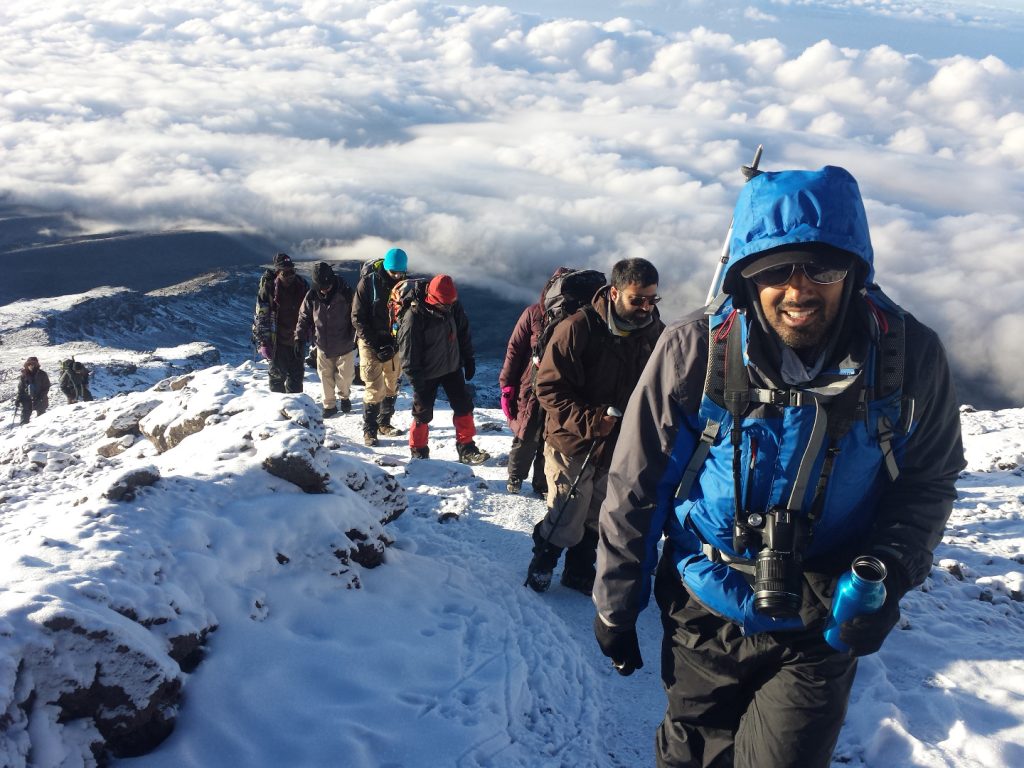
HOW DO I TRAIN FOR KILIMANJARO?
All of us are at different levels of fitness and the term ‘fitness’ is subjective, it means different things to different people. We’ll make the assumption that, since you’re interested in climbing Kilimanjaro, that you are fit / well enough to do so and in turn fit enough to train for the challenge. If you have any doubts, injuries or queries do check with a medical professional.
To train for a climb you are best to consider what opportunities exist where you live / work. Is there a beach, a park, a forest, a hill? Is there a gym, a pool? Are there fitness classes or clubs? Also, and most importantly, what interests you? Some people love to run, others hate it! Some love to cycle, others swim. Choose exercise and activities that you enjoy – don’t make it a chore! Join a class, rope in a mate, join a club – there’s lots of options and if you do it with someone, then you’ll help motivate each other. The hardest part of training is starting it as soon as you start to notice the benefits it gets easier and easier.
Finally, consider what you need to exercise! There is no point having huge, oxygen grabbing, fantastic looking biceps if your legs can’t walk for eight hours up and down a hill! Training for Kilimanjaro should include the following:
- Cardio exercise
- Flexibility
- Strength & Conditioning especially legs and core
- Stamina & general fitness
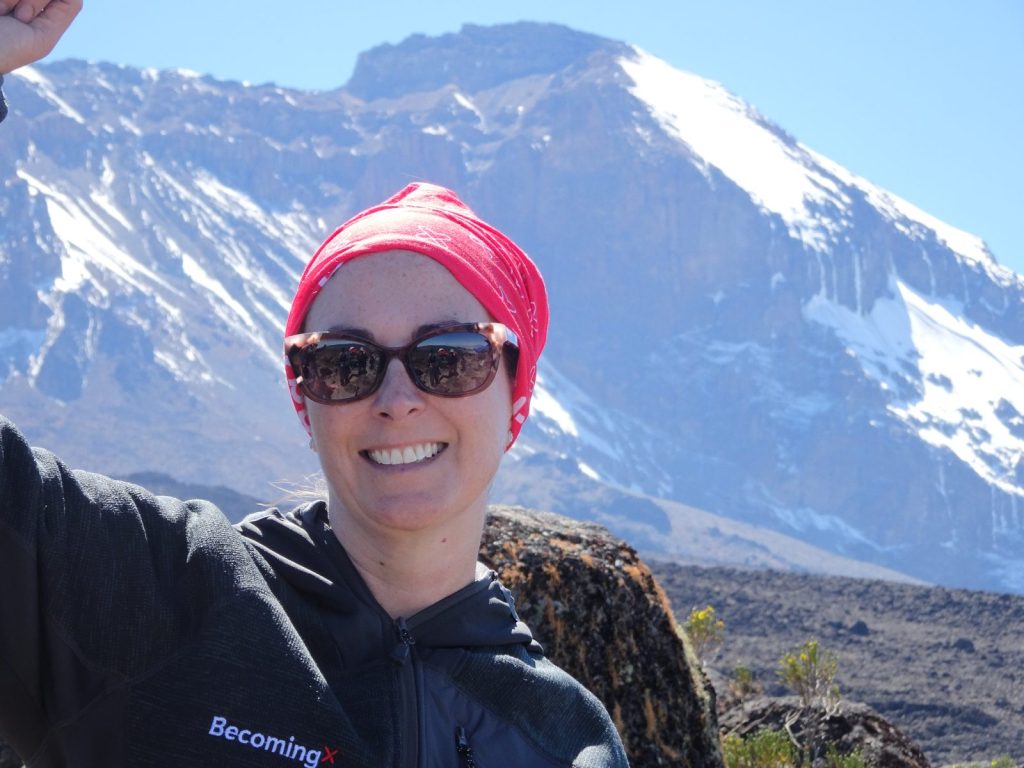
CARDIOVASCULAR TRAINING FOR KILIMANJARO
Cardio exercise stimulates the cardiovascular system by keeping the heart pumping at an accelerated pace for an extended period of time. A good and balanced diet is also an important part of cardiovascular health, especially with the amount of hidden fats, sugar and salt in todays processed foods. Good cardio exercise can include running, jogging or treadmill, cycling or turbo trainer, or swimming.
FLEXIBILITY TRAINING FOR KILIMANJARO
Stretching is often overlooked however it plays a vital role in keeping muscles and joints strong and less susceptible to injury. You should spend a few moments each day doing some stretches, even as you relax and watch TV, or listen to some music. It is also a great way to reduce stress as you focus, physically and mentally, on your stretches. When you do stretch do it gently, take your time and just to the point of resistance. Sustain the stretch for 20 seconds and never bounce.
STRENGTH AND CONDITIONING LEGS AND CORE FOR KILIMANJARO
Most people think that a good core means a washboard six-pack, but in reality, it’s a collective effort of a combination of muscles around the front and back of the body that stabilises and protects the spine and pelvis. These muscles also help control movements, balance and transfer energy and shifts in body weight. A strong core will assist with your climb and allow you to move effectively and securely. To strengthen your core you should do crunches, sit-ups, planks, push-ups, squats, and lunges. Or if you would prefer to join a class, then Pilates is excellent for your core.
As for your lower body and legs then it’s essential that you do regular lower-body exercise pre trip and not just because you’ll be using your legs to trek every day, but it also improves your balance and stamina for walking whilst supporting and reducing the chances of injuries to your knees and hips. One of the best methods of training is to go walking in the outdoors with a little but of weight in your pack, but if you don’t have hills or challenging walks near you then consider working on squats, step machines, leg presses, calf raises, leg extensions, and hamstring curls.
STAMINA AND GENERAL FITNESS FOR KILIMANJARO
General fitness and stamina training alongside a good diet, plenty of hydration (see altitude training) in the build up to your climb will all add up and lead to a more enjoyable and successful climb of Kilimanjaro.
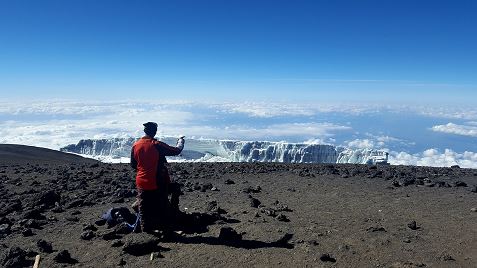
IS THERE A TRAINING GUIDE FOR KILIMANJARO?
When considering a pre-climb fitness or training program for Kilimanjaro do remember to balance training days with days off! Mix it all up and most importantly make sure it’s fun!
We recommend that you have 3 days with some activity, then a day off, then repeat. With being in work / university / child commitments etc. it’s often hard to squeeze everything in and don’t beat yourself up if you can’t – just do what you can!
‘Ideally’ a training guide for Kilimanjaro should include one of the following activities on a daily basis Mon – Fri (remember to rest every 3rd day): a run, a swim, a cycle / turbo session, time in the gym, or an exercise / Pilates / circuit class; then at the weekends, when you have more time, you can aim for a longer walk. Start slow! Then build in effort / duration / distance.
If you have any concerns, would like ideas, or fancy a chat about your fitness or training, please do call or email us! You don’t need to be super fit for Kilimanjaro and the different routes on Kilimanjaro do vary, but the fitter you are, the easier it will be.
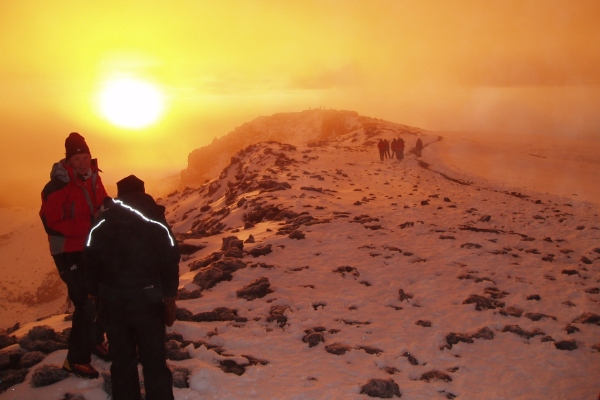
Book Your Adventure of a Lifetime Now
Discover our trips to other Countries
Adventure Alternative Articles
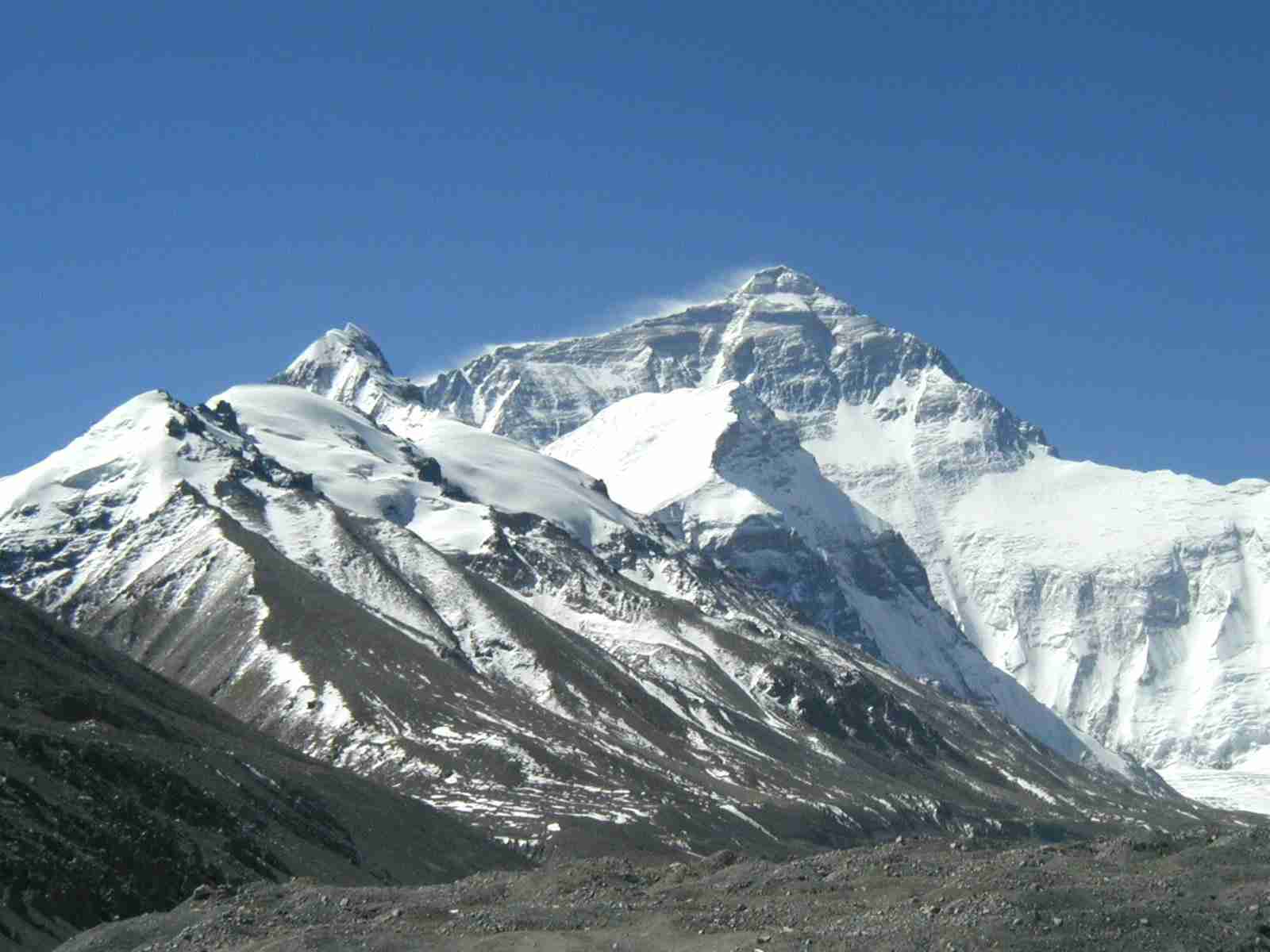
12 MONTHS, 12 MOUNTAINS
Climbing Calendar Ready for World Mountain Day In celebration of World Mountain Day, we've created a calendar for the year to make it easy for...
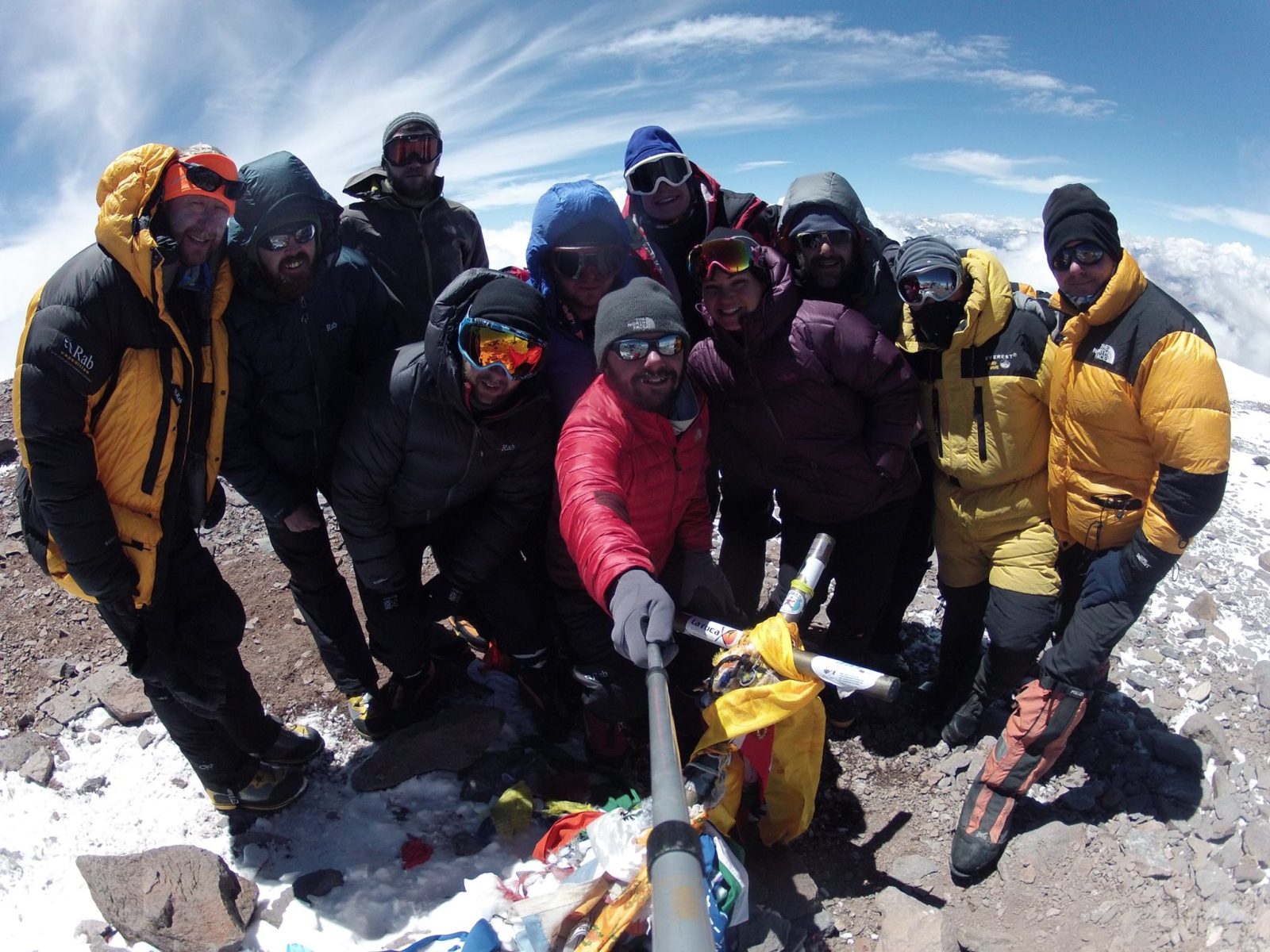
Mount Aconcagua Trip Review
January 2016 This year we had a team of twelve clients from four different countries – Iran, Ireland, England, South Africa and Argentina –...
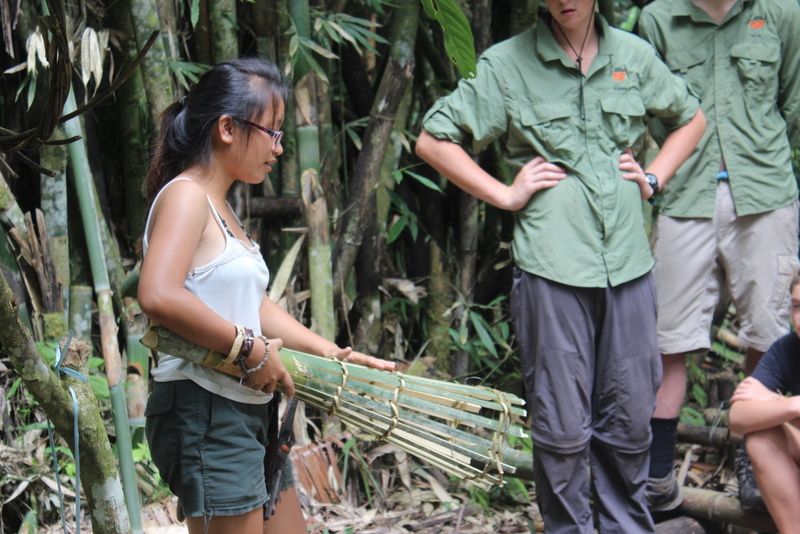
Alcey’s Survival Skills Course at Lupa Masa Jungle Camp
SURVIVAL SKILLS COURSE AT LUPA MASA JUNGLE CAMP | ADVENTURE ALTERNATIVE In celebration of International Rural Women’s Day, we’re talking...